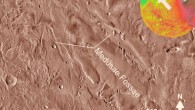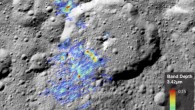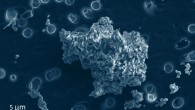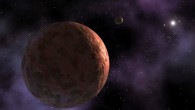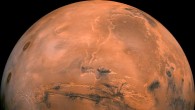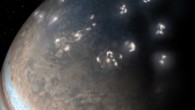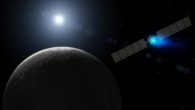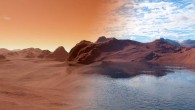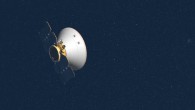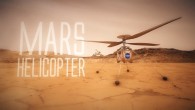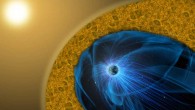According to a Durham University-led study, young Uranus was hit by a protoplanet about twice the size of Earth that caused the ice giant to tilt and could explain its extremely cold temperatures. Uranus. Image credit: NASA. “Uranus spins on its side, with its axis pointing almost at right angles to those of all the other planets in the Solar System,” said lead author Jacob Kegerreis, a Ph.D. student in the Institute for Computational Cosmology...



